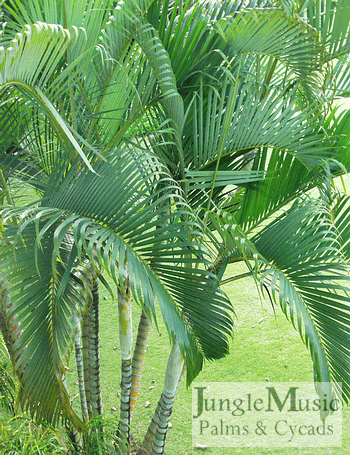Higher classification Dypsis | Genus Dypsis Rank Species | |
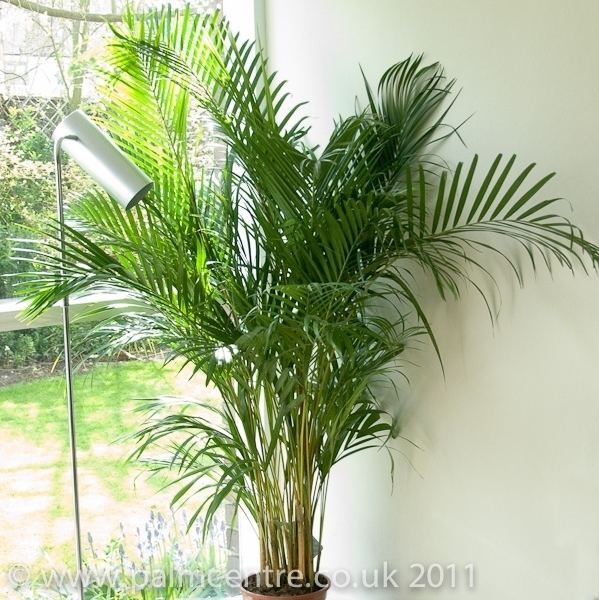 | ||
Similar Palm trees, Dypsis, Viper's bowstring, Chamaedorea, Peace lily | ||
Tree bamboo palm or dypsis lutescens or golden cane palm or butterfly palm
Dypsis lutescens, also known as golden cane palm, areca palm, yellow palm, or butterfly palm, is a species of flowering plant in the Arecaceae family, native to Madagascar and naturalized in the Andaman Islands, Réunion, El Salvador, Cuba, Puerto Rico, the Canary Islands, southern Florida, Haiti, the Dominican Republic, Jamaica, the Leeward Islands and the Venezuelan Antilles.
Contents
- Tree bamboo palm or dypsis lutescens or golden cane palm or butterfly palm
- Areca palm houseplant dypsis lutescens
- Description
- Air quality
- References
Areca palm houseplant dypsis lutescens
Description
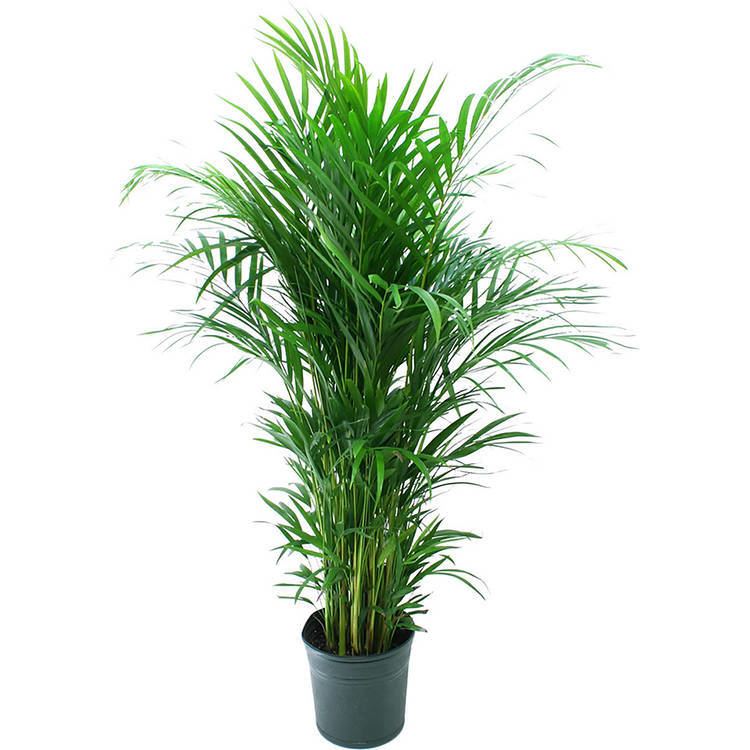
Dypsis lutescens grows 6–12 m (20–39 ft) in height. Multiple stems emerge from the base. The leaves are arched, 2–3 m (6 ft 7 in–9 ft 10 in) long, and pinnate, with 40-60 pairs of leaflets. It bears panicles of yellow flowers in summer. Offsets can be cut off when mature enough, as a propagation method.
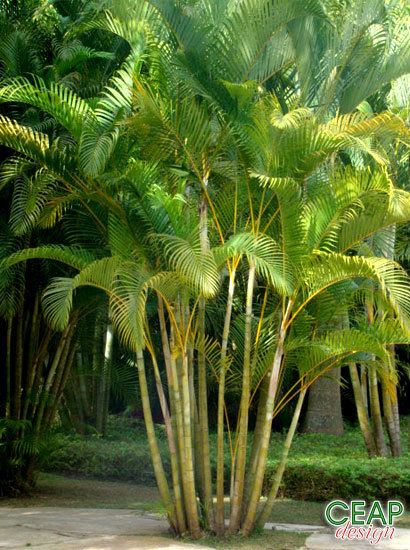
It is grown as an ornamental plant in gardens in tropical and subtropical regions, and elsewhere indoors as a houseplant. It has gained the Royal Horticultural Society's Award of Garden Merit.

One of several common names, "butterfly palm" refers to the leaves which curve upwards in multiple stems to create a butterfly look.
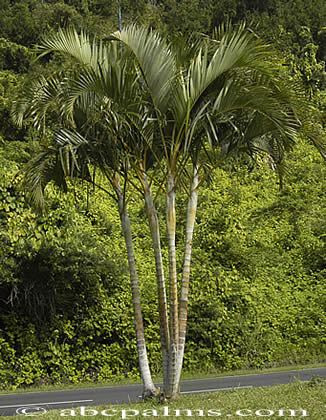
In its introduced range, this plant acts as a supplier of fruit to some bird species which feed on it opportunistically, such as Pitangus sulphuratus, Coereba flaveola and Thraupis sayaca species in Brazil.
Air quality
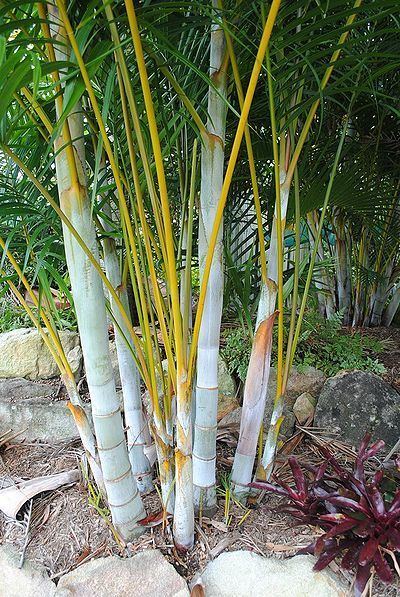
According to NASA and Dr. B. C. Wolverton, the areca palm filters xylene and toluene from the air. Wolverton also specifies that, at 1.8 m (5 ft 11 in) in height, the plant will transpire 1 liter of water per 24 hours, thereby making it an effective humidifier.
